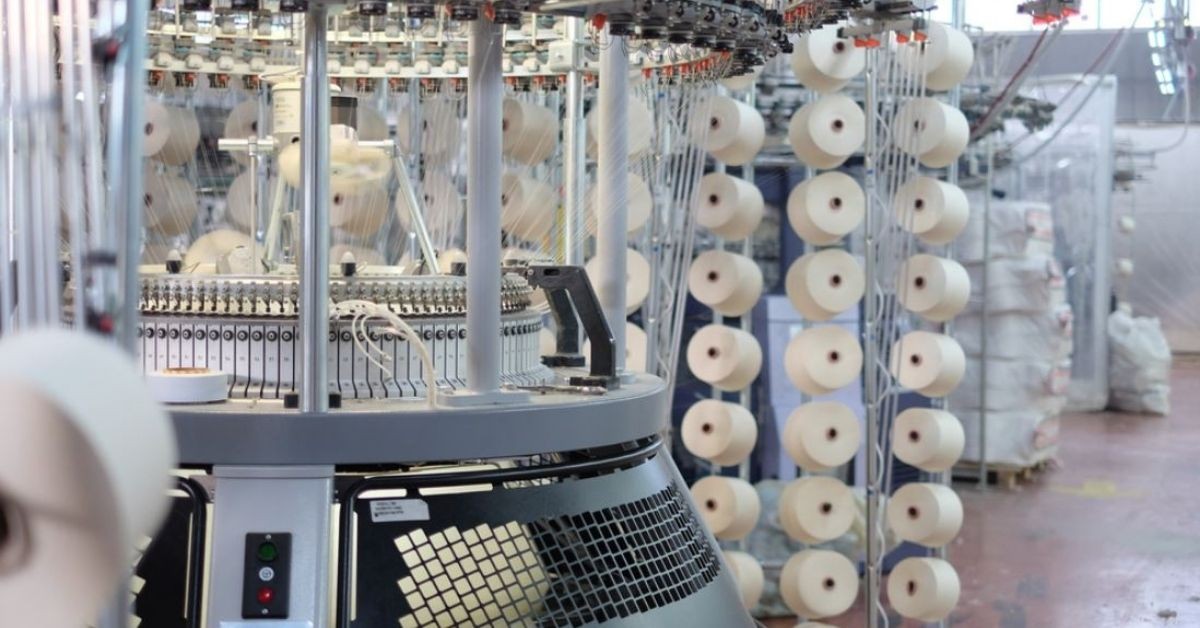Double challenge from Bangladesh and Gujarat has put the local warp knitting industry, a form of textile, in existential crisis.
The city has between 400 and 600 manufacturing units using polyester yarn. Before Covid, the industry was recording an annual turnover of around Rs2,000 crore.
From footwear to aero planes, this fabric is used in the manufacturing of multiple products. Being a highly labour intensive industry, these units provide direct and indirect employment to thousands of people. Known as fashion fabric, warp knitting is prominently used in party wear dresses. However, it is used in manufacturing a range of items such as shoes, school bags, automobile vehicles, furnishers, curtains, bed sheets, briefcases, sportswear, helmets, travelling accessories, men and women wear, upholstery of cars, home textiles, travelling accessories besides many other items.
Rajiv Sajdeh, chairman CII, Amritsar Chapter, said: “The Union Government has extended tax-free status to Bangladesh origin products under the Free Trade Agreement (FTA). So, textile is coming from Bangladesh without any custom duty. On the other hand, Bangladesh is getting cheaper raw material for rolling out warp knitting from China on account of low custom duty being offered by China. Encouraged from good sales, many Chinese firms have opened their direct offices in Bangladesh.”
The cost of delivering locally spun finished product is further escalated for local firms as the main market of their product is in West Bengal, which is close to Bangladesh. So, Bangladesh has acquired a good share of the market in WB.
On the other hand, the local industry is getting polyster and nylon yarn at higher prices from far off locations of the country, which further adds to their product cost.
HS Swani, operating one of the oldest warp knitting units in the city, said: “Gujarat has already captured the markets situated in the central and western parts of the country owing to its close geographical location. They have many other geographical advantages too. As the raw material comes from Maharashtra and Gujarat, they get it cheaper than the local units here, who have to pay extra on freight cost. Unlike local industry, Gujarat is situated close to ports from where it can export without investing much on transportation. The Gujarat government levies lower power tariff than Punjab. We have to shell out more in freight for transporting raw material from Gujarat and Maharashtra.”
An entrepreneur dealing in knitting fabric, Jatinder Sharma, said many Amritsar-based skilled knitting artisans shifted to Surat to run the warp knitting industry there. Competition from Gujarat-based knitters slowed down the growth of local industry considerably.
“Surat-based warp knitting industry has recorded multiple time progress during the past one decade, while there used to exist no such industry before,” he said.
He said: “Besides anything else, the industry requires marketing for its products. Keeping in view its wide use in a spectrum of products, this variety of textile has markets all over the world yet the government never bothered to take stock of the situation.”
Source : Tribune India








